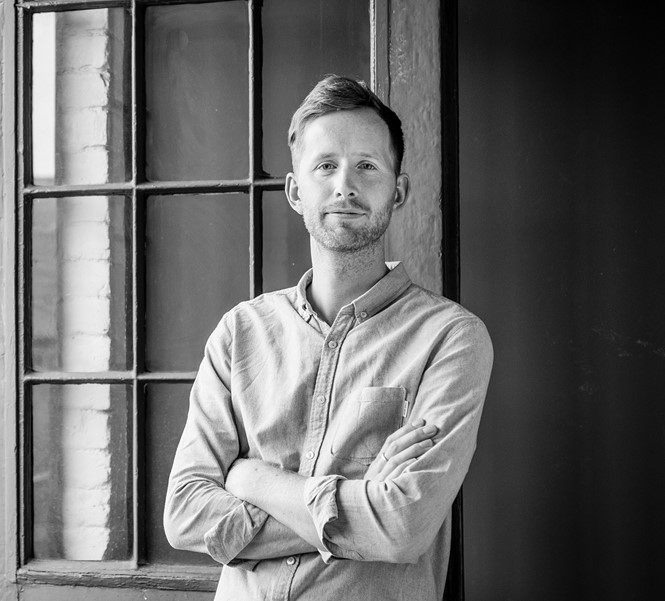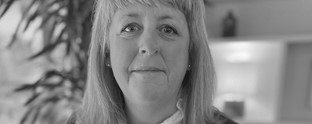Why R&D should be the beating heart of every creative business

Dave Dunlop, partner and chief design officer at ELSE, an experience design consultancy in product and service innovation, writes about the importance of research and development (R&D) in the creative world. Dunlop argues that R&D is crucial to the overall development of businesses and individuals.
How do we define creative “success”? In a business environment, it can often look like delivering impact for the client’s business, engaging with a new audience, or creating a service opportunity that wasn’t seen before.
And there is nothing wrong with such parameters of success. But for a creative – trained as a student to think laterally, and without limits – the parameters of our clients’ business needs can begin to limit that open, entrepreneurial mindset. This presents a fundamental challenge for design leaders. How can we satisfy commercial objectives, whilst simultaneously encouraging creative freedom? Creating space for R&D.
As a partner of a product design and innovation agency, I’ve long been fascinated by the shift from the ethos of design education, where freedom of thought is celebrated, to the inherently structured approach to creativity which is taken in the world of work.
Once you enter the workplace, the entrepreneurial mindset developed at university and the ability to run and own your own projects changes. But with the knowledge that creatives thrive on experimentation and collaboration, it’s clear that process alone won’t garner the truly innovative results that most creative businesses – and their clients – crave.
With this in mind, we’ve been experimenting with different ways over the years to create room for experimentation through R&D. Throughout, our aim has always been to create a safe space for our employees to fail and learn, whilst exploring solutions to challenges that felt personally important. Over the course of the last two years, this has seen us tackle issues like making climate change tangible for the individual or designing safe access to social media for young people.
What we’ve observed to be critical is the absence of a set ‘value’ attached to this time. There is no pressure to produce something that can be sold, for instance. Learning which questions are the wrong ones to ask, is just as valuable as finding out the answers to the right ones. Value can be a provocation, a conversation or simply the exploration of a new way of thinking. All of it contributes to a growth mindset which pays dividends both in overall creative output but also employee engagement and morale.
Whilst our programme is still a work-in-progress, we have found that by creating a shorter work week we’ve more naturally helped to create the space for R&D. This means we can dedicate one whole day a fortnight to working on R&D projects which are driven by our own ideas and interests.
We aim to protect R&D time at all cost; it is not viewed as secondary, but crucial for our overall development as a business and as individuals. However, implement too rigid a structure and we’ve found you can end up creating unnecessary boundaries when the intention is to break free of constraint. In this sense, experimentation with how you run R&D is just as important as the experimentation you’re trying to foster within R&D projects. It’s a delicate balance — enough autonomy to let things run, but not too much to allow drift.
If creative leaders can truly cultivate a culture of innovation without boundaries, reminiscent of that which we all experienced as young designers, then not only will individuals feel more empowered, but they will also see the halo effect in their own work and, consequently, in how they shape the industry as a whole. Developing an R&D programme may feel like a step into the unknown. What we’ve found however, is that that is part of the fun.












